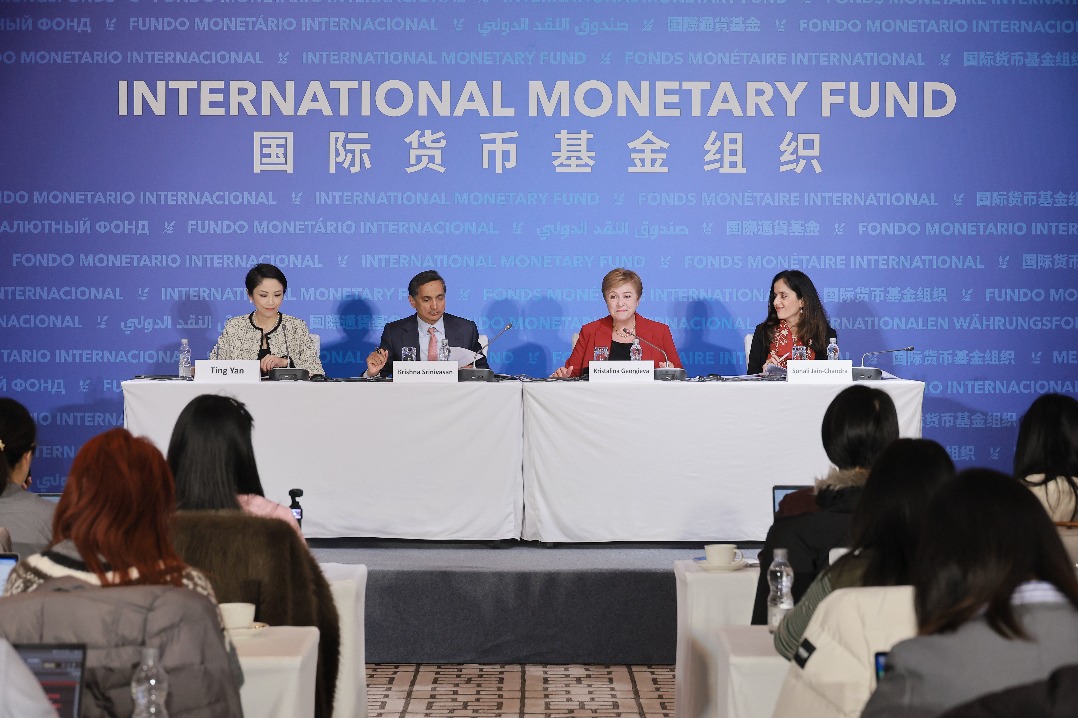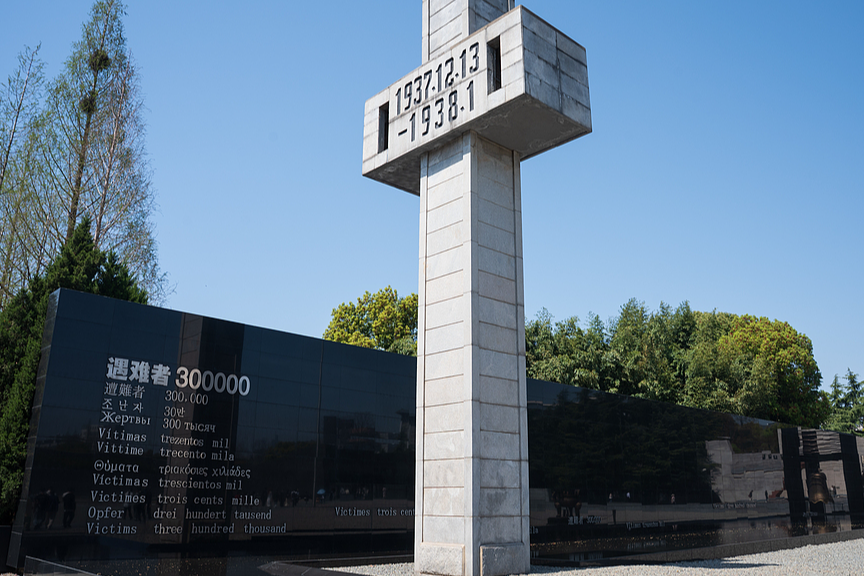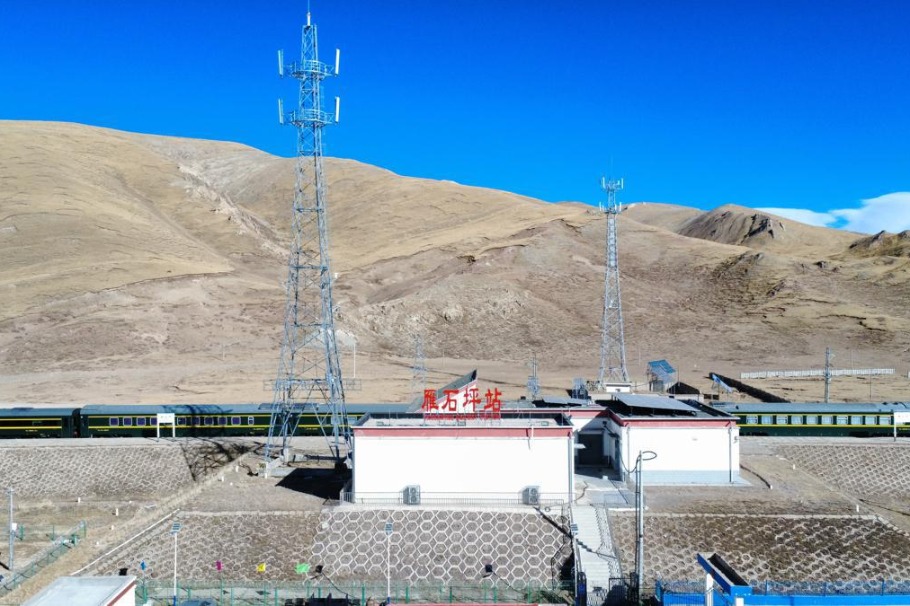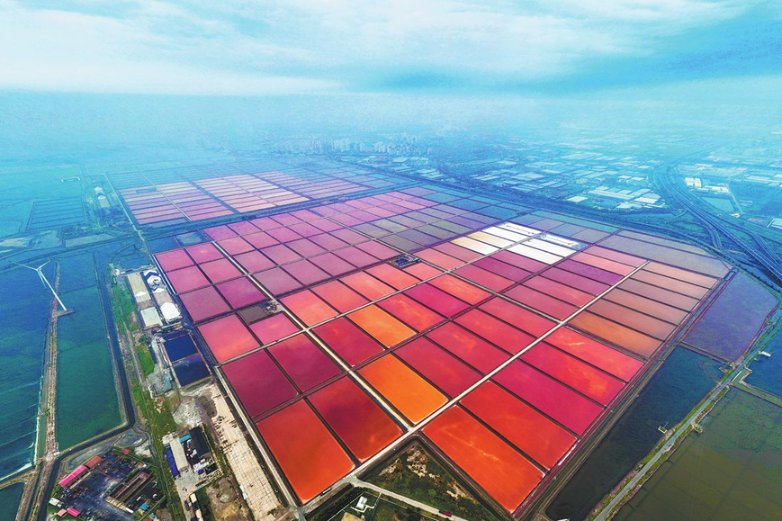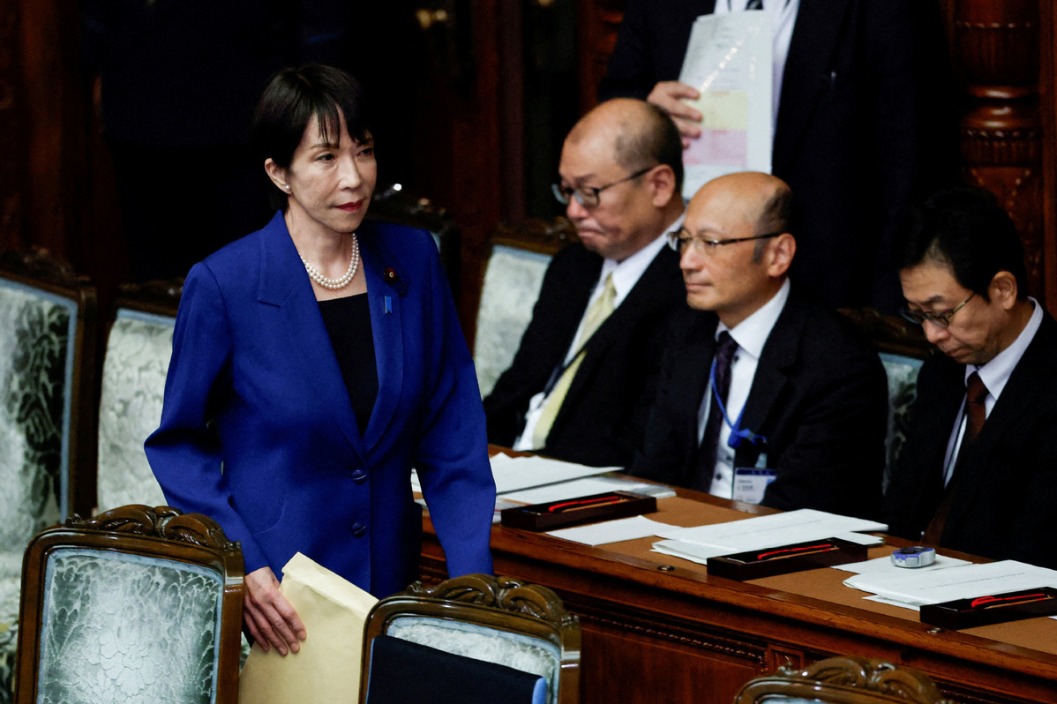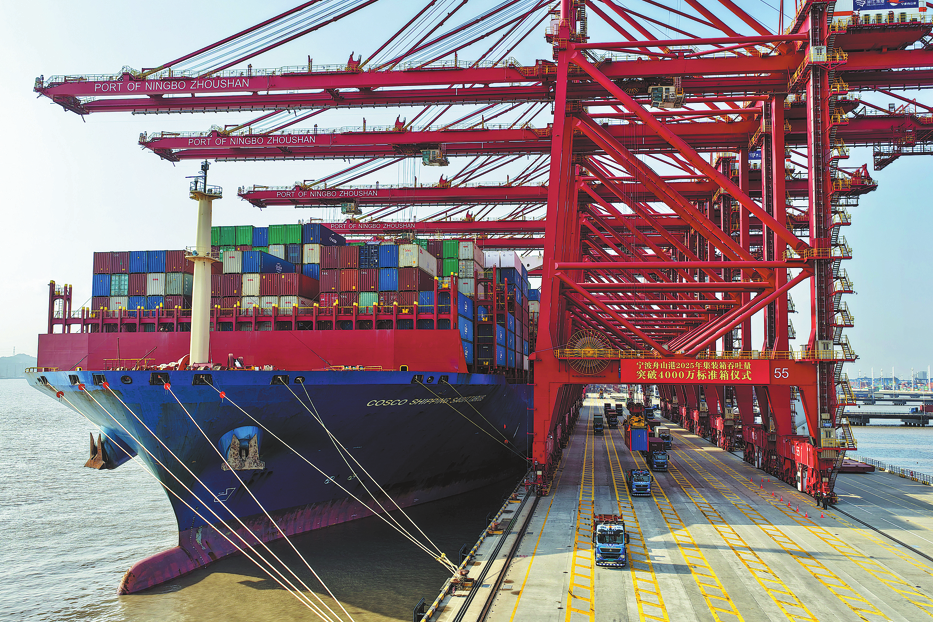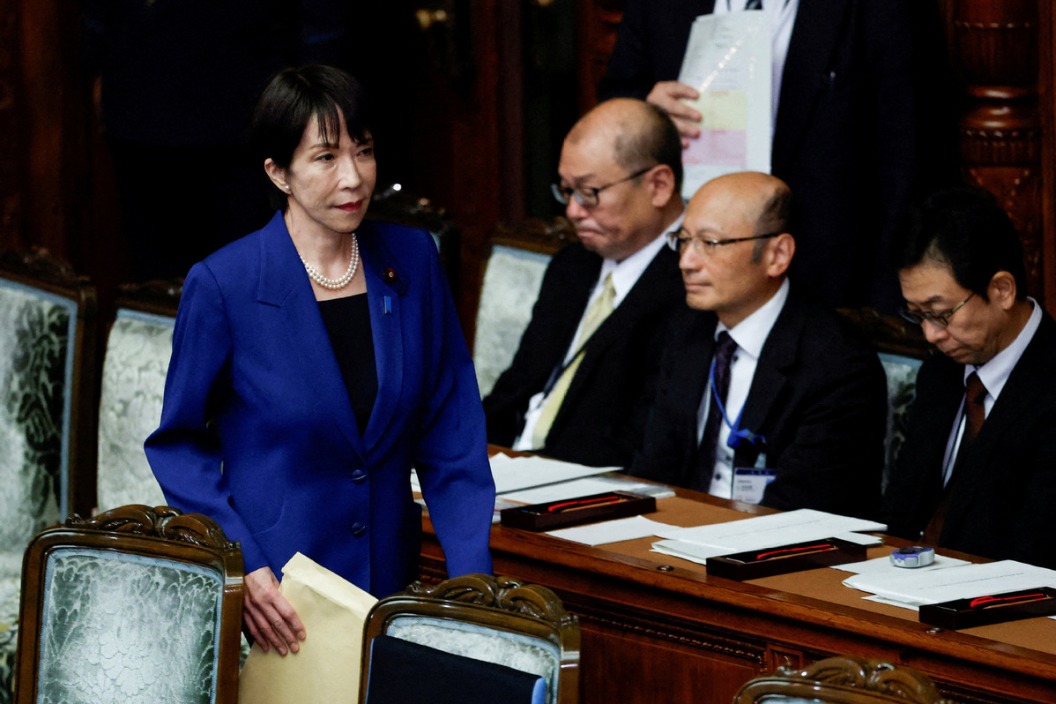Global renewal


Belt and Road Initiative offers a paradigm for resolving conflict nodes and challenges
In the condition of open military confrontation, the world is on the verge of new challenges: The Russia-Ukraine conflict, an increasingly set of sanctions by the NATO and the European Union against Russia, Belarus and a growing number of other countries threaten to return humanity to the most explosive years of the Cold War. The world is once again divided by a new "iron curtain".
That is why we must define principles and values that are suitable for the transition from an unsustainable socioeconomic organization to a sustainable society that is in harmony with nature and the ecosystem. The transition to a civilization that recognizes its shared future and that develops with the support of humanitarian principles is therefore democratic. These are the conditions for survival.
The Belt and Road Initiative, launched 10 years ago by Chinese President Xi Jinping, offers answers to the world's challenges.
The foundation of the initiative is connectivity. Better connectivity in hard and soft infrastructure such as transport, energy and telecommunication is boosting trade and cultural exchanges, injecting positive energy into regional and global socioeconomic development, and boosting the movement of people, investment, knowledge, technology and ideas.
In fact, the synergy of development strategies is imperative for countries to build multilevel mechanisms for policy communication, to explore and expand the convergence of interests, to formulate and implement cooperation plans together, and to swiftly address the risks and challenges to such cooperation.
Embracing the concept of common and sustainable development is an inherent requisite for the Belt and Road Initiative. In order to achieve multiple, independent, balanced and sustainable development, the initiative emphasizes green and low-carbon development, consideration of environmental protection, and innovation in technology, and systems and management in exploring new development horizons.
In their complexity, these principles also provide a real and mutually beneficial basis for the creation of an area of peace and security in Eurasia. They establish conditions for reciprocally advantageous cooperation between the existing integration unions. An indivisible part of the effort to achieve this is the Chinese project for the development of relations between China and the Central and Eastern European countries.
But the Belt and Road Initiative goes far beyond the scale of regional and transcontinental economic cooperation. It would be biased to evaluate this initiative just as a new integration application, designed only to extend and further develop existing large-scale projects.
Over the past 10 years, the Belt and Road Initiative has stimulated nearly $1 trillion of investments, realized more than 3,000 projects in different countries and created 420,000 new jobs.
The Belt and Road Initiative does not contravene the aims of any of the already established multilateral mechanisms. All the more that they, as a rule, are interlinked and mutually complemented. On the contrary, its purpose is to find a new integrative index between them, in order to counter the dominant hitherto process of geopolitical fragmentation. From this perspective, the implementation of the initiative will not only contribute to the formation of the still absent global security system, but could also have a healing effect on the existing military conflicts and areas of high military-political tension.
Quite logically, the Belt and Road Initiative was followed by the Global Development Initiative and the Global Civilization Initiative. They are, with their own complexity, basic elements in the vision of a community with a shared future.
It is interesting to make a comparison between this and the global projects of the United States. All US projects actually place its transnational corporations in commanding positions. Through its projects, Washington aims to not only preserve the current explosive "status quo "but also to build new division lines to the detriment of peace and democracy. The implementation of its globalization scenario, apart from serving the transnational monopolies, validates also an invisible supranational power contrary to the interests of the nation state. All this creates an uncontrollable environment, "anti-historicism" of actions alien to the objective course of civilizational development.
Over the past 10 years, the Belt and Road Initiative has successfully materialized large and promising investment projects in different countries. However, the capabilities of the non-governmental sector and of the civil society in Europe and other regions are not being used to their full capabilities. The need to create a broad international public forum to support the civilizational aspects of the project has objectively ripened.
At the basis of these changes, we must also put the question of building a new system of international communication, erected on the foundations of new principles of international law. Such an approach will be a positive reflection of the constructive development of a peaceful dialogue between peoples. The new system of international law should provide opportunities to better understand each other, to look at national traditions, and to preserve spiritual and family values. It should provide an opportunity for a shared search for solutions to many issues of the spiritual renewal of society, which ultimately acquires a global character.
The author is the president of the Bulgarian National Association for the Belt and Road. The author contributed this article to China Watch, a think tank powered by China Daily. The views do not necessarily reflect those of China Daily.
Contact the editor at editor@chinawatch.cn.
















